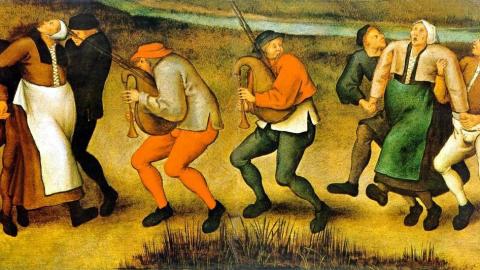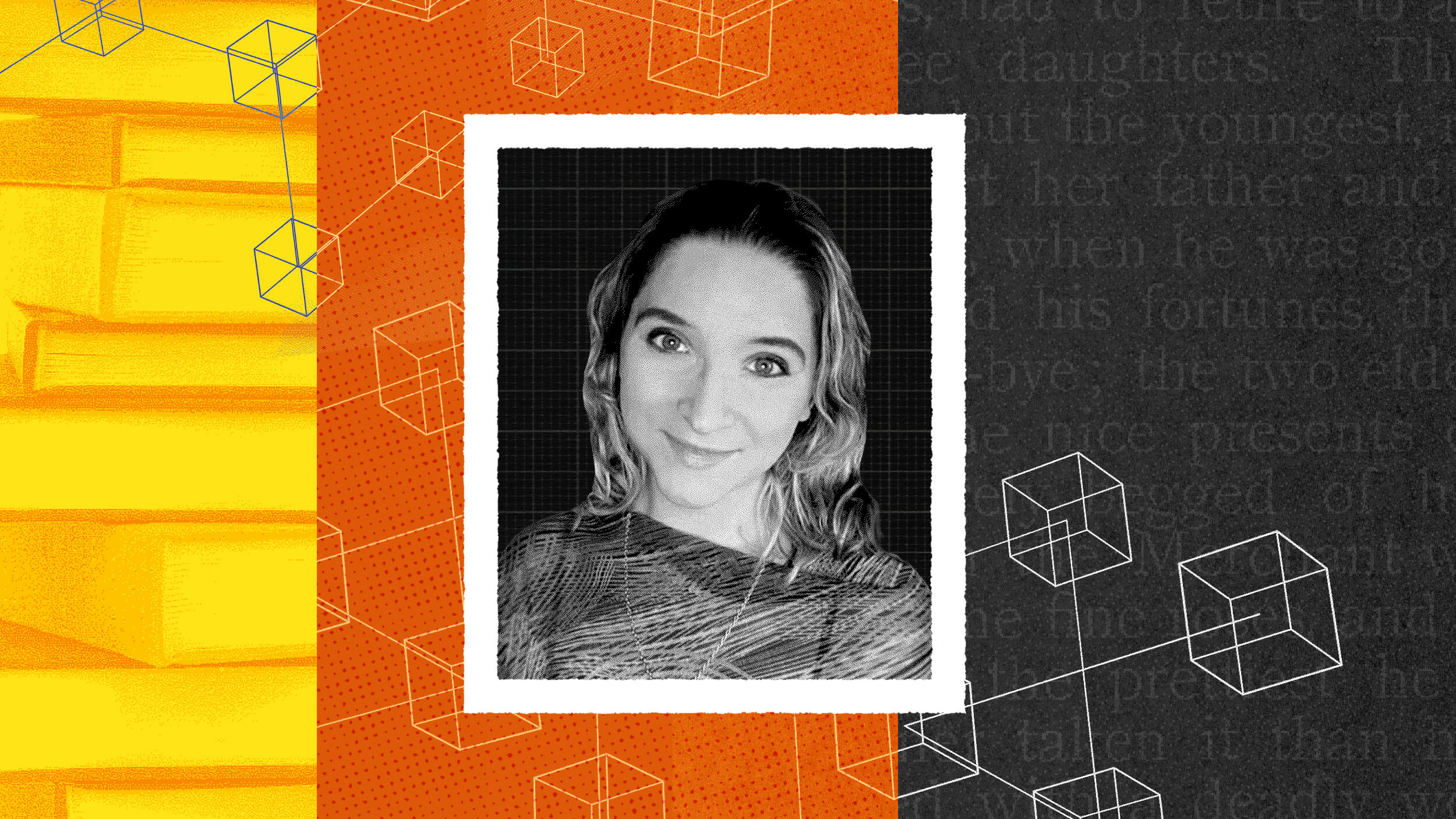TikTok tics: when Tourette’s syndrome went viral

public domain (Pieter Breughel the Younger)
- Mass psychogenic illness, also known as mass hysteria, is when a group of people manifest physical symptoms from imagined threats.
- History is littered with outbreaks of mass hysteria.
- Recently, alleged cases of Tourette’s syndrome appeared all over the world. Was it real or mass psychogenic illness?
While the term is often avoided for fear of ridiculing something more serious,mass psychogenic illness (MPI) — also known as mass sociogenic illness (MSI) or mass hysteria — is a real occurrence that can cause a variety of physical symptoms to manifest in groups of people despite the lack of any physical cause. Often compared to conversion disorder, in which emotional issues are “converted” into physical problems, MPI tends to occur among people who share anxieties, fears, and a sense of community. In the right group of people, it can spread like a virus.
A curious case of the condition related to TikTok videos shows both how imagined conditions can spread and how our modern media landscape presents new problems never even dreamt of in a time before the internet.
TikTok tics
In 2019, a strange slew of new Tourette’s cases made its way into hospitals all over the world. Oddly, these were suddenly occurring in children well over the age of six, the age of typical onset. Most peculiar of all, many of the patients were exhibiting identical symptoms and tics. While many cases of Tourette’s are similar, these symptoms were precisely the same.
As it turned out, the tics were also identical to those exhibited by one Jan Zimmermann, a 23-year-old YouTuber from Germany with Tourette’s. On his channel, Gewitter im Kopf, he documents his daily life with the condition. All of the patients who suddenly claimed to have tics were fans of his or of similar channels on YouTube and TikTok.
There was nothing physically wrong with the large number of people who suddenly came down with Tourette’s-like symptoms, and most of them recovered immediately after being told that they did not have Tourette’s syndrome. Others recovered after brief psychological interventions. The spread of the condition across a social group despite the lack of a physical cause all pointed toward an MPI event.
Historical cases of mass hysteria
Of course, humans do not need social media to develop symptoms of a disease that they do not have. Several strange cases of what appears to have been mass hysteria exist throughout history. While some argue for a physical cause in each case, the consensus is that the ultimate cause was psychological.
The dancing plagues of the Middle Ages, in which hundreds of people began to dance until they were utterly exhausted despite apparently wishing to stop, are thought to have been examples of mass madness. Some cases also involved screaming, laughing, having violent reactions to the color red, and lewd behavior. Attempts to calm the groups by providing musicians just made the problem worse, as people joined in to dance to the music. By the time the dancing plague of1518 ended, several people had died of exhaustion or injuries sustained during their dance marathon.
It was also common for nunneries to get outbreaks of what was then considered demonic possession but what now appears to be MPI. In many well recorded cases, young nuns — often cast into a life of poverty and severe discipline with little to say about it — suddenly found themselves “possessed” and began behaving in extremely un-nunlike fashion. These instances often spread to other members of the convent and required intervention by exorcists to resolve.
A more recent example might be the curious story of the Mad Gasser of Mattoon. During WWII in the small town of Mattoon, Illinois, 33 people awoke in the middle of the night to a “sweet smell” in their homes followed by symptoms such as nausea, vomiting, and paralysis. Many claimed to see a figure outside their rooms fleeing the scene. Claims of gassings rapidly followed the initial cases, and the police department was swamped with reports that amounted to nothing. The cases ended after the sheriff threatened to arrest anyone submitting a report of being gassed without agreeing to a medical review.
Each of these cases exhibits the generally agreed upon conditions for MPI: the people involved were a cohesive group, they all agreed on the same threats existing, and they were enduring stressful and emotional conditions that later manifested as physical symptoms. Additionally, the symptoms appeared suddenly and spread by sight and communication among the affected individuals.
Social diseases for a social media age
One point upon which most sources on MPI agree is the tendency of the outbreaks to occur among cohesive groups whose members are in regular contact. This is easy to see in the above examples: nuns live together in small convents, medieval peasants did not travel much, and the residents of Mattoon were in a small community.
This makes the more recent case that relies on the internet all the more interesting. And it’s not the only one. Another MPI centered around a school in New York in 2011.
As a result, a team of German researchers has put forth the idea of a new version of MPI for the modern age: “mass social media-induced illness.” It is similar to MPI but differs in that it is explicitly for cases driven by social media, in which people suffering from the same imagined symptoms never actually come into direct contact with one another.
Of course, these researchers are not the first to consider the problem in a digital context. Dr. Robert Bartholomew described the aforementioned New York case in a paper published in the Journal of the Royal Society of Medicine.
All this seems to imply that our online interactions can affect us in much the same ways as direct communication has for ages past and that the social groups we form online can be cohesive enough to cause identical symptoms in people who have never met. Therefore, we likely have not seen the last of “mass social media-induced illness.”





